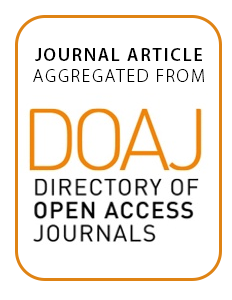Do You Have 5 Minutes To Spare? –The Challenges Of Stakeholder Processes In Ecosystem Services Studies
Operationalization of the ecosystem services (ES) concept for improved natural resource management and decision support
cannot, thus far, be rated as satisfactory. Participation of stakeholders is still a major methodical and conceptual challenge for implementing ES. Therefore, we conducted an online survey and a literature analysis to identify benefits and challenges of the
application of ES in participatory processes. The results show that the purpose of stakeholder engagement is very diverse as a

